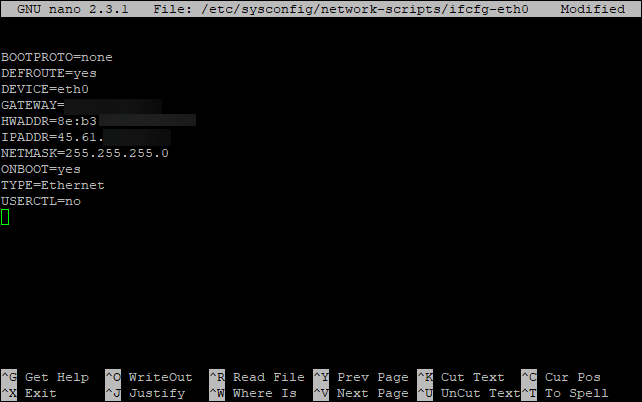Setting Up a DNS Server on CentOS
Configuring a DNS server on a CentOS system is a vital task for anyone looking to manage their own network. DNS, or Domain Name System, is responsible for translating domain names into IP addresses, allowing computers to locate and connect to various resources on the internet.
In this article, we will walk you through the process of setting up a DNS server on a CentOS machine, step by step. By the end of this guide, you will have a fully functioning DNS server that can effectively resolve domain names for your network.
Installing BIND
The first step in setting up a DNS server on CentOS is installing the BIND software package. BIND, which stands for Berkeley Internet Name Domain, is the most widely used DNS software on the internet. To install BIND on your CentOS server, use the following command:
yum install bind bind-utils
Once BIND is installed, you can proceed with configuring your DNS server.
Configuring BIND
To configure BIND, you will need to create a configuration file called named.conf in the /etc/named directory. You can use a text editor such as Vim or Nano to create and edit this file. Here is a basic example of what your named.conf file might look like:
// named.conf
options{
directory "/var/named";
allow-query { any; };
listen-on port 53 { 127.0.0.1; };
forwarders { 8.8.8.8; };
};
zone "example.com" {
type master;
file "/var/named/example.com.zone";
};
In this example, we have defined the DNS server options and created a zone for the domain example.com. Make sure to replace 8.8.8.8 with the IP address of your preferred DNS resolver.
Creating Zone Files
After configuring BIND, you will need to create zone files for each domain you wish to host on your DNS server. These zone files contain the DNS records for the domain, such as A, CNAME, and MX records. Here is an example of a basic zone file for the domain example.com:
// example.com.zone
$TTL 86400
@ IN SOA ns1.example.com. admin.example.com. (
2022051801
3600
1800
604800
86400 )
example.com. IN NS ns1.example.com.
example.com. IN MX 10 mail.example.com.
ns1 IN A 192.168.1.10
mail IN A 192.168.1.20
Make sure to replace the domain names and IP addresses in the zone file with your own information.
Starting the DNS Service
Once you have configured BIND and created your zone files, you can start the DNS service on your CentOS server. Use the following command to start the BIND service:
systemctl start named
You can also enable the service to start automatically at boot by running:
systemctl enable named
After starting the DNS service, you should be able to resolve domain names on your CentOS server using the newly configured DNS server.
Conclusion
Setting up a DNS server on CentOS is a straightforward process that can greatly enhance the efficiency and security of your network. By following the steps outlined in this guide, you can create a reliable DNS server that effectively resolves domain names for your network.
Remember to regularly update and maintain your DNS server to ensure optimal performance and security.
